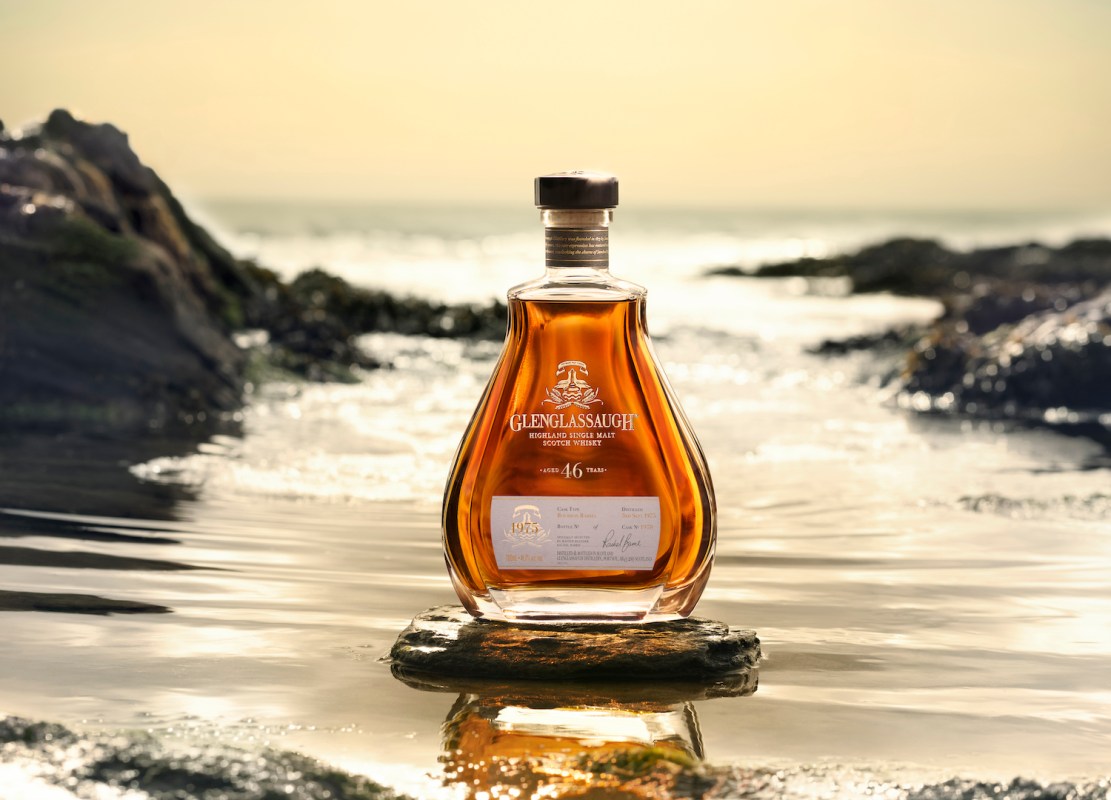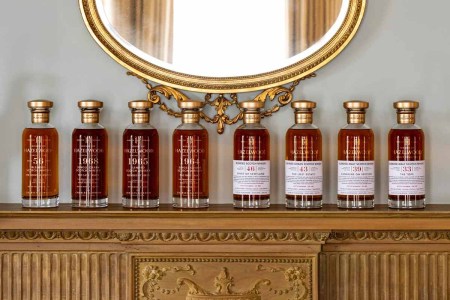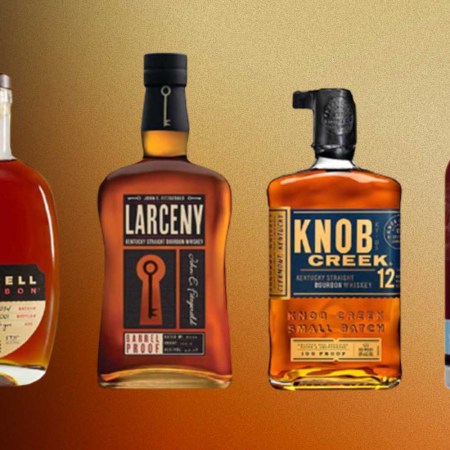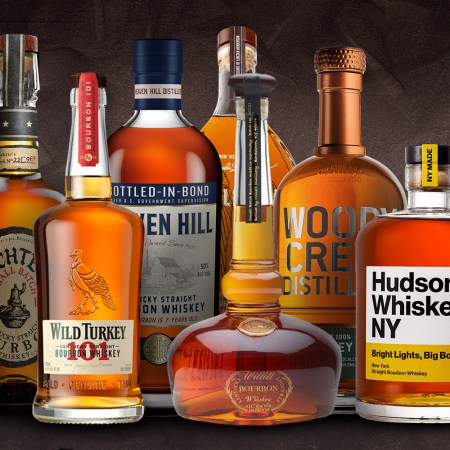Olivetta’s glamorous West Hollywood dining room is usually packed, but it was particularly crowded on a recent Tuesday, when a gaggle of Scotch obsessives gathered to try something special: a 46-year-old bottle of single malt Glenglassaugh scotch, priced at a cool $4,800. Rare aged spirits tend to accrue value over time, and the chance to taste a spirit worth almost $5K was headline-worthy. Most of the Los Angeles booze scene was here, the room was packed and expectations were high.
This particular scotch was distilled back in 1975, which is about 100 years after Glenglassaugh first began making whisky. (If the math looks off, that’s because it includes two years of resting time in bottles.) Though the distillery was highly regarded in its time, they closed in 1907 because of a downturn in the single malt market, re-opened in 1960 when demand returned and then closed again in 1986, again because of poor market conditions. Having reopened in 2008, the brand has flown somewhat under the radar because of all the closures, but recently the distillery has been lauded for producing rather remarkable whisky.
While that might seem like tedious distillery history, it’s also a big part of why this particular vintage is so pricey: instead of continually bottling and selling its wares, the brand periodically closed up shop, which gave its Scotch more time to age. The brand now has a bevy of rare and old stock that’s been carefully preserved for a release like this. “The characteristics of Glenglassaugh are that of a true coastal highland single malt Scotch whisky distillery,” GlenDronach ambassador Rory Glasgow says. “It has bold flavors, a full-bodied spirit — oily and viscous — and its house style is driven unusually by luscious tropical fruits, a characteristic that is rarely seen in single malt in just the spirit alone before aging.”
As the national ambassador for the GlenDronach distillery in North America, Glasgow is one of the few people on the planet who knows what Glenglassaugh has tasted like throughout the decades — and why this particular bottle is so pricey. “As the spirit matures into whisky over the years, it also takes on the coastal location surrounding it as the sea air passes through the warehouses and into the oak casks,” he says. “This gives the whisky a noticeable cracked sea salt note. But at Glenglassaugh, we have stocks that date back to the 1960s that are yet to be released, and I’m sure the price of those will surpass that of the 46-year.”
House of Hazelwood Wants to Redefine Rare Scotch Blends
“It’s hard to imagine another whisky company creating a whisky like this.”After tasting a few of Glenglassaugh’s other scotches — all of which were spicy, salty-sweet and strong — the Glenglassaugh 46 Single Malt came out with dessert of chocolate budino and golden apple tart, just after the entree course of filet mignon, grilled branzino and rainbow carrots. Immediately, the sea salt note that Glasgow pointed out is apparent, along with the sweet richness from past batches but turned up to 11. Surrounding tasters noted things like black currant, tropical fruit, menthol, grapefruit and mango on their palates, all of which came through in what Glasgow called “a true marvel of a single malt.”
For those still struggling to pin down exactly what a single malt whisky is, he suggests breaking it down word by word for ease of understanding. “A single malt Scotch whisky must come from a single distillery and must be distilled exclusively in copper pot stills,” Glasgow says. “The only grain used to make the spirit must be malted barley. It also must be produced, aged and bottled in Scotland to be considered single malt Scotch whisky.” There are other prerequisites, too, like the aging happens for a minimum of three years in oak casks, and that to be considered Scotch it cannot be bottled below 40% ABV, or 80 proof. But these are minor compared to what it takes to keep a whisky in good condition for close to half a century. And those conditions are part of what make this spirit worth such a high price.
“Over the long 46 years, it has been monitored (even when the distillery was officially closed) by patient custodians ensuring the whisky did not drop in quality,” Glasgow says. “More than four and half decades it took for the whisky to be ready, which is half a lifetime! There are few things in life that take that long to reach its apex in complexity. Besides the flavor this exudes and the nurturing this whisky has seen, it’s the rarity of this timepiece that interests many. This was distilled in 1975 — you just cannot replicate that.”
Glenglassaugh 46 will only be released in the North American market, a tribute to the many collectors on this side of the world who are fascinated by the distillery’s eventful history. Though Olivetta doesn’t carry the 46 themselves, it can be found at high-end liquor stores and rare spirits reserve outlets — if you’ve got the $4,800 required. But if you do cop a bottle, saving it might be a better move than opening it. “This style of whisky is literal history that can only now be gleaned from nosing and tasting,” Glasgow says.” The hands it has passed through to get to this stage, it’s amazing to think about! Once it’s gone, it’s gone forever.”
Just 215 bottles of Glenglassaugh 46 will be available at select retailers in late July. Check in with their LA retailers such as Wally’s and Mission Wine & Spirits for availability.
Every Thursday, our resident experts see to it that you’re up to date on the latest from the world of drinks. Trend reports, bottle reviews, cocktail recipes and more. Sign up for THE SPILL now.






















